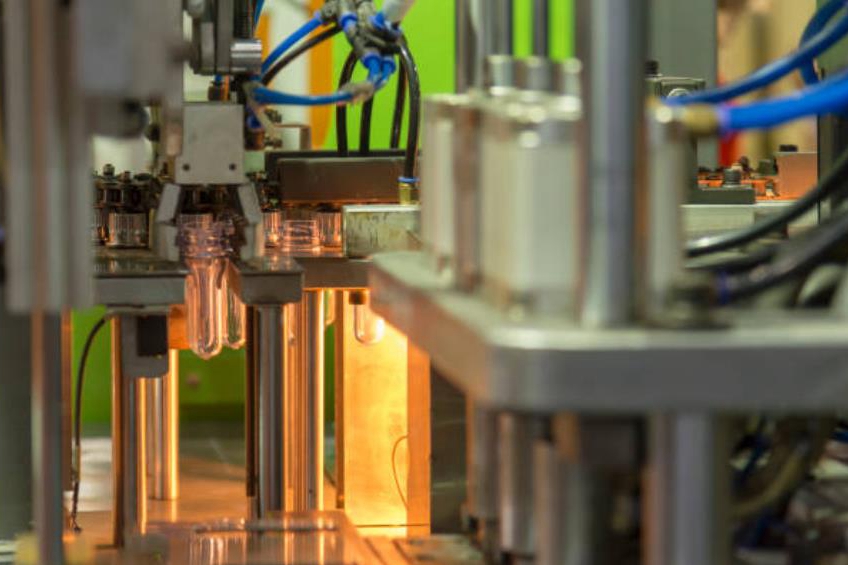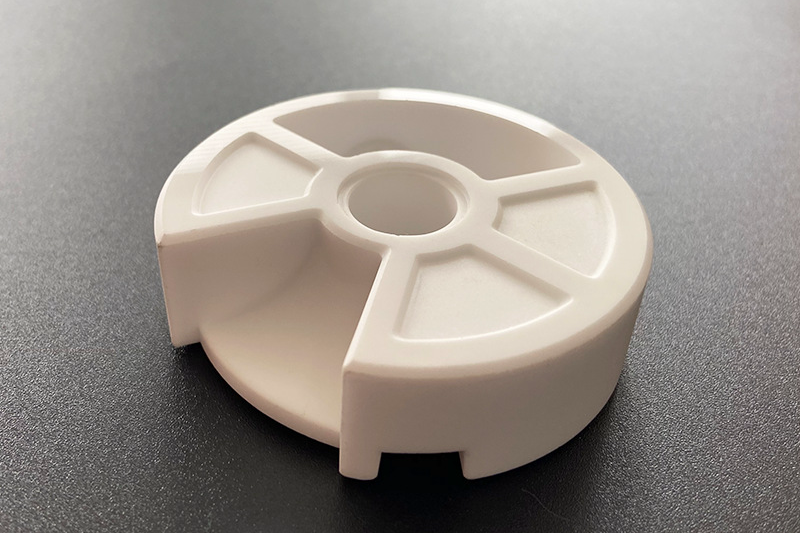Can engineering plastics be used in high-security locks, and what limits exist?
Engineering plastics can absolutely be used in high-security locks—but only when applied strategically. They offer weight savings, electrical insulation, and quiet operation, but cannot fully replace metal in high-load, anti-prying, and torque-transmitting areas. The key is to understand the mechanical limits and integrate plastics where they deliver functional benefits without compromising security. In a well-structured custom parts manufacturing process, plastics are often paired with metal cores using overmolding or insert molding to achieve optimal performance.
Where Engineering Plastics Work Best
Plastics such as nylon (PA), Ultem (PEI), or PEEK can successfully replace metal when components require insulation, weight reduction, vibration damping, or low-noise actuation. Molded via injection molding, these polymers maintain high dimensional stability even in thin-wall sections. Typical applications include covers, actuator housings, sensor modules, and secondary locking mechanisms that do not require high torque transmission.
Limits of Plastics in High-Security Locks
Plastics struggle in components subjected to high compressive loads, torsion, or prying resistance. Gear trains, locking cams, deadbolts, and anti-drill inserts require high hardness and fatigue resistance—properties more reliably achieved using metal injection molding, precision casting, or aluminum die casting. Excessive creep deformation over time is another limitation for plastics under sustained tension or torque. UV exposure and moisture absorption must also be managed through painting or in-mold decoration (IMD) to preserve aesthetics and mechanical properties.
Metal–Plastic Hybrid Strategy
A more effective approach is hybrid construction: metal cores created via MIM or sheet metal fabrication provide structural integrity, while overmolded engineering plastics form the housing, interface features, and shock-absorbing zones. This method reduces weight and manufacturing cost while retaining tamper resistance. Plastics can also be used to hide metal locking elements, making prying attempts more difficult.
When to Avoid Plastics in Security Mechanisms
Plastics should not be used in parts responsible for direct torque transmission, high-load cam operation, or resisting forced entry. For deadbolts, pry-resistant components, and drive mechanisms, metals such as MIM D2 or MIM 17-4 PH are typically required. If plastics must be used in contact areas, reinforced grades and structural ribbing must be designed through simulation and validated with real-world testing before mass adoption.



